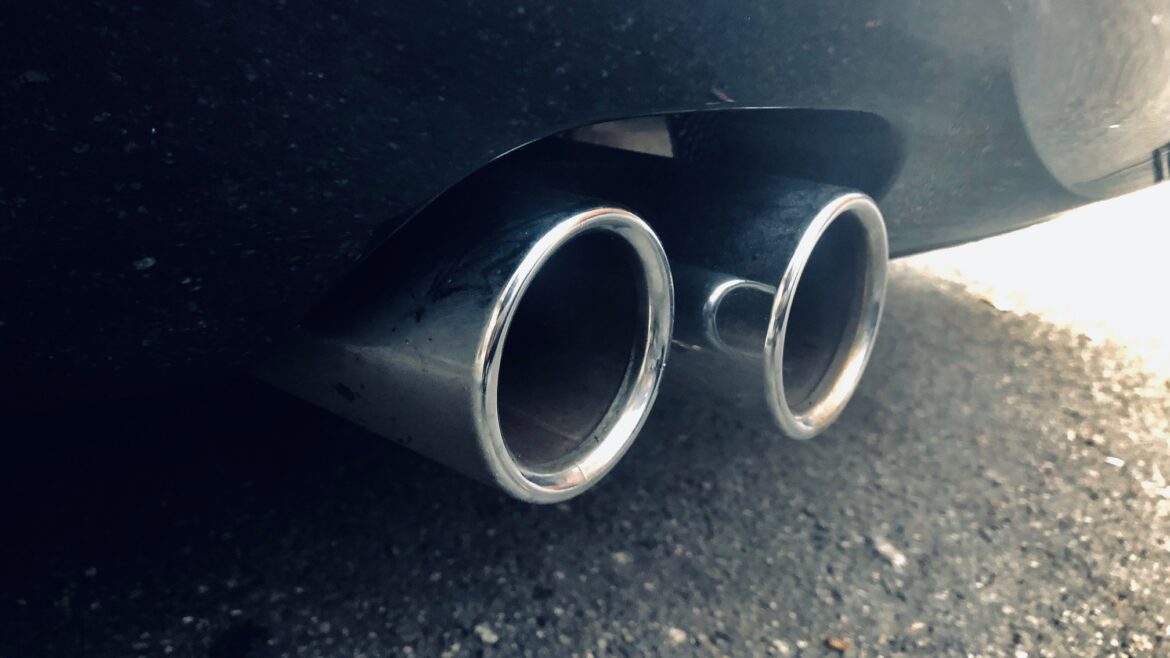Euro standard 6c, 6d or 6d TEMP: We explain the differences between the current Euro 6 emissions standard. Here you can find out the most important things to know in order to be best prepared when making future purchasing decisions – whether petrol or diesel.
Euro standard 6c, 6d and 6d TEMP: Only these standards are relevant
The Euro standard for passenger cars was introduced EU-wide in 1991 with Euro-1. Since then, new standards have been introduced every few years, reducing the limit value for pollutant emissions more and more. In the meantime, we are at Euro 6. But there are several different standards of this one, which can cause uncertainty, especially since the diesel scandal and the impending driving bans for diesel. These are the differences:
- Instead of one “Euro 6” standard, there are several sub-standards, nine in total. Currently, only 6c, 6d Temp as well as 6d are essential.
- Euro standard 6c: It was introduced in 2017 and applies to all new cars from 1 September 2018.
- Euro standard 6d TEMP: This standard applies to all new cars from 1 September 2019.
- Euro Standard 6d: This standard is mandatory for new registrations from 1 January 2021. It is the latest standard for the time being.
That’s why there are several Euro 6 standards instead of one Euro 7 standard
In the course of the changeover to the Euro 6c standard, a new measurement procedure for consumption and pollutant emissions was also introduced.
- The so-called WLTP cycle – Worldwide Harmonised Light-Duty Vehicles Test Procedure – replaced the NEDC cycle that had been in force until then and is used for the new Euro 6c standard. The 30-minute measurement takes place under standardised test conditions.
- And for Euro 6d TEMP and 6d respectively, the RDE cycle applies – Real Driving Emissions, which means measuring the exhaust gases under realistic conditions. The RDE test is carried out on public roads and lasts between 90 and 120 minutes.
- This all promises more realistic consumption and emission values.
- The difference between Euro 6d TEMP and Euro 6d is how much the RDE result may exceed the limit value. If it is still a factor of 2.1 for Euro 6d TEMP, the excess for Euro 6d may only be a factor of 1.5.
- In the WLTP measurement procedure, petrol engines may reach a maximum NOx limit value of 60 milligrams per kilometre, whereas the maximum limit for diesel engines is 80 milligrams per kilometre. The RDE measurement procedure sets a limit of 126 milligrams for petrol engines and 168 milligrams for diesel. Euro 6d-Temp was valid until the end of 2019, since then passenger cars are only allowed to emit 50 per cent more exhaust gases in operation than in WLTP.
- However, the specified emission limits do not change for petrol and diesel vehicles. Only the test procedure changes. This is probably why the designation Euro-7 has been dropped for the time being.
